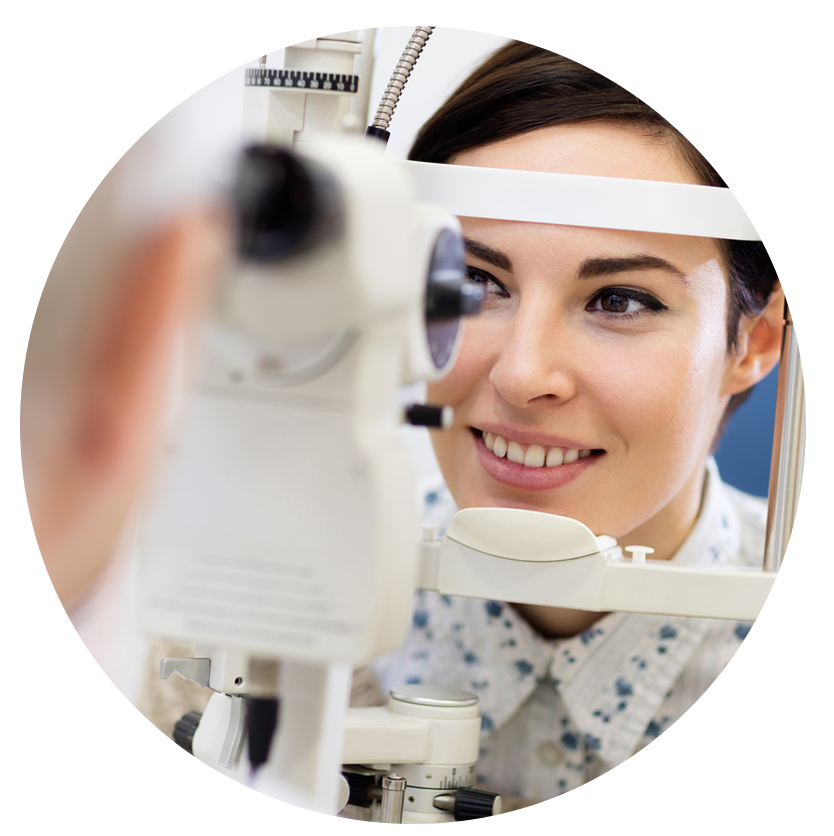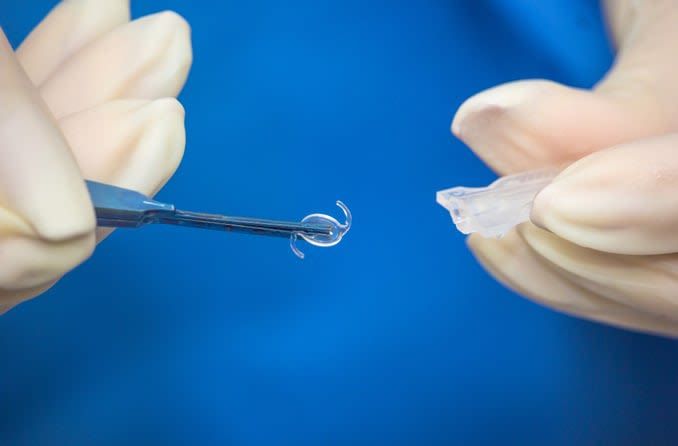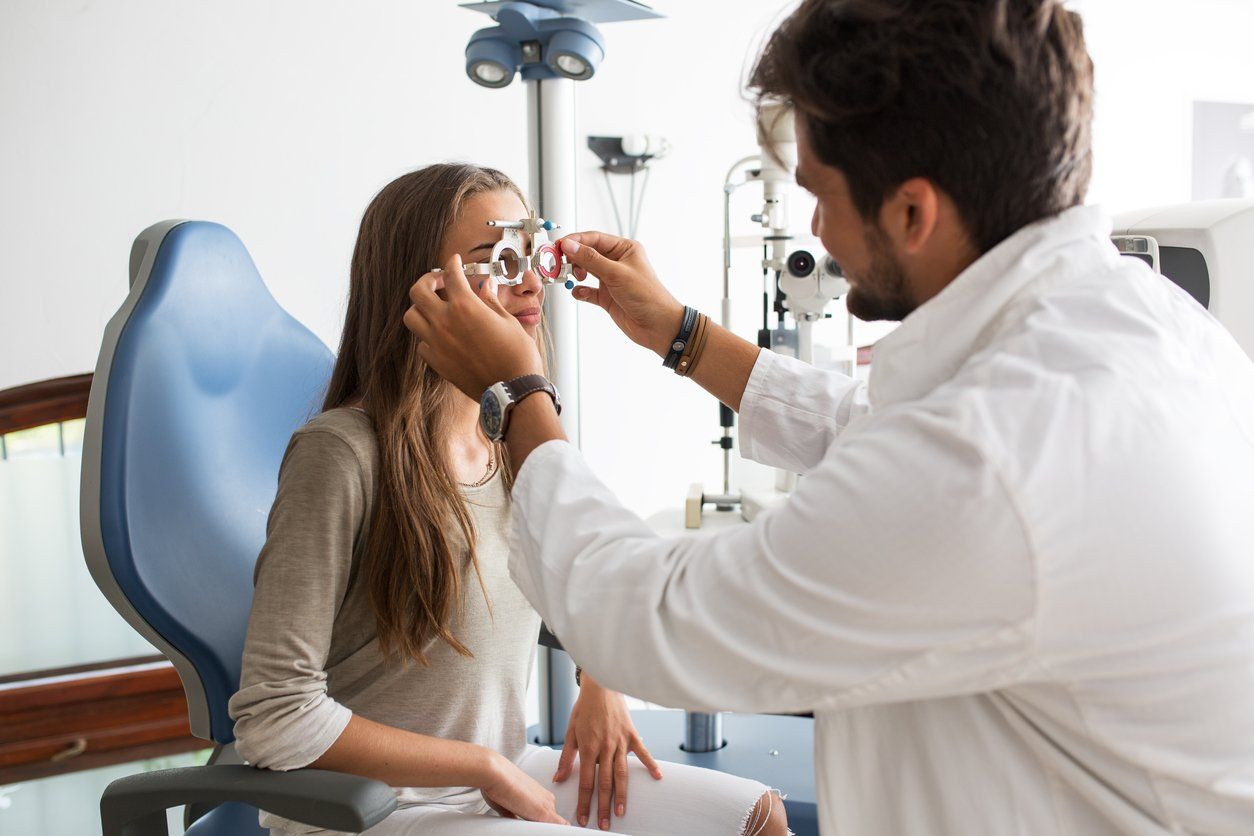What to Expect During Your First Trip to the Eye Doctor
What to Expect During Your First Trip to the Eye Doctor

Your first trip to the eye might be a bit nerve-racking because you don’t know what to expect and you don’t know how bad your eyes are. The good thing is you will undoubtedly be able to see better after your eye exam because you’ll get contacts, glasses, or maybe both! Here are the things you can expect when you go to your first eye doctor appointment.
Questions about your medical & eye history - It’s important that the eye doctor gets to know your medical history a little bit because your medical history could explain some eye issues. Your medical history could give the eye doctor an idea of any additional things they may need to test for. Your eye history will just be how have your eyes been up to this point in your life, do you consider yourself far or near-sighted, and anything else that could help them get a background of your eyes before they examine them.
Vision test - Your eye doctor will perform a standard vision test with you that will consist of you reading letters off a Snellen chart that consists of 11 rows of capital letters. Each row on the chart gets smaller as you get closer to the bottom, and you must stand 20 feet away from the chart. Your eye doctor will instruct you to read certain lines and depending on how you do they will move further and further down the chart.
Physical eye exam - This is the part of the visit where the eye doctor examines the inner parts of your eye to check for anything out of the ordinary. Typically, this is done by giving your dilating drops to make it easier for the eye doctor to get a good look at your eyes. However, the dilation drops will make your eyes very sensitive to light for hours after the exam, so you need to have a ride home from the eye center.
Glaucoma test - Glaucoma is caused by nerves connecting the eye to the brain being damaged, which is typically caused by high eye pressure. To test for glaucoma, your eye doctor will use a machine to put a puff of air directly in each eye. The machine can measure the amount of pressure in each of your eyes.
Recommendations to correct your vision - After all is said and done, your eye doctor will typically give you the option of getting contacts, glasses, or both. Most people only get one or the other because typically insurance only covers contacts or glasses each visit.
Contact Buffalo Eye Center to schedule an appointment with our eye doctor today! Our services extend to Williamsville, Cheektowaga, Amherst, Buffalo, Kenmore, North Tonawanda, Tonawanda, and Lancaster, NY. We look forward to seeing you soon!

Web Design by LocalEdge , all rights reserved


